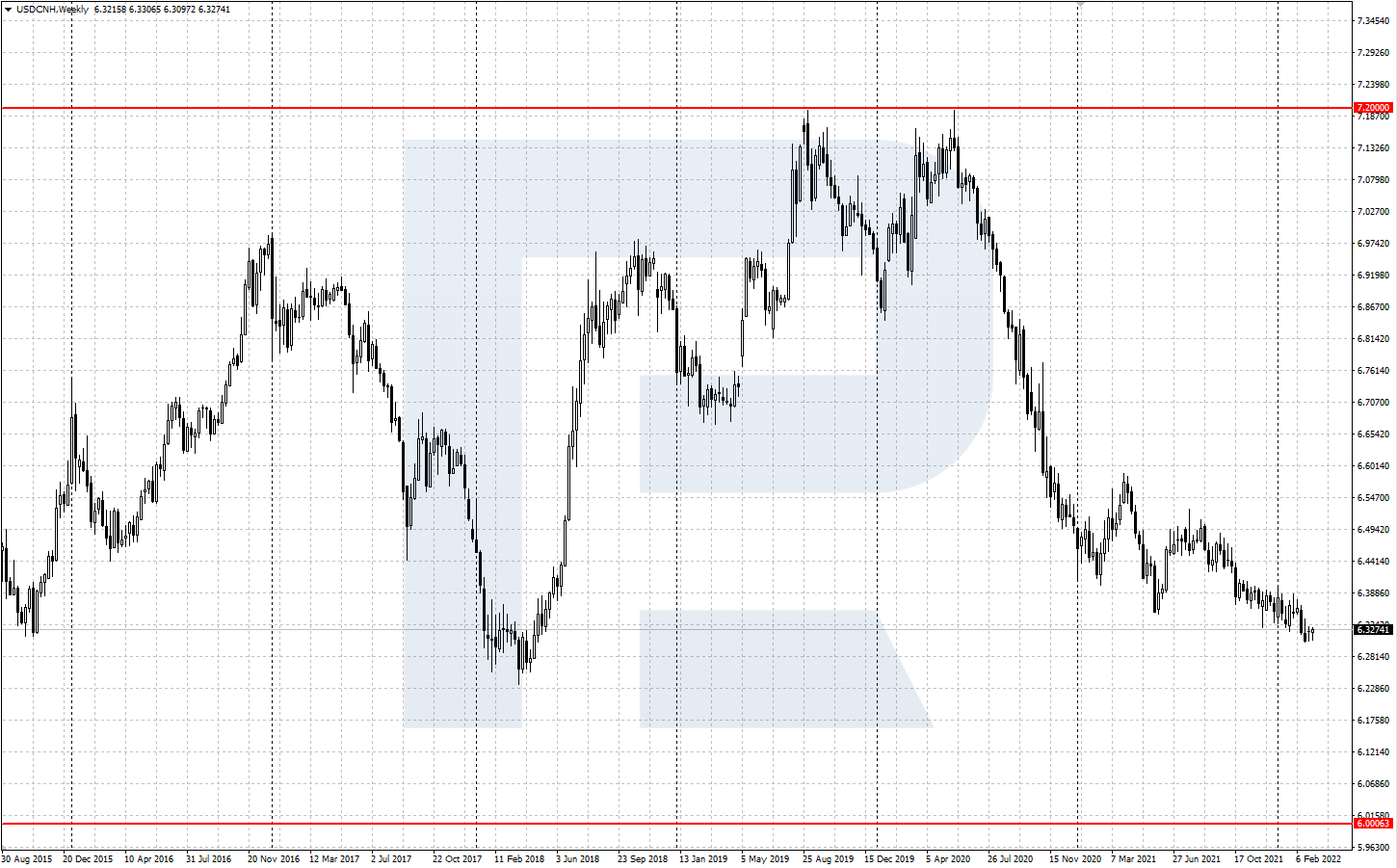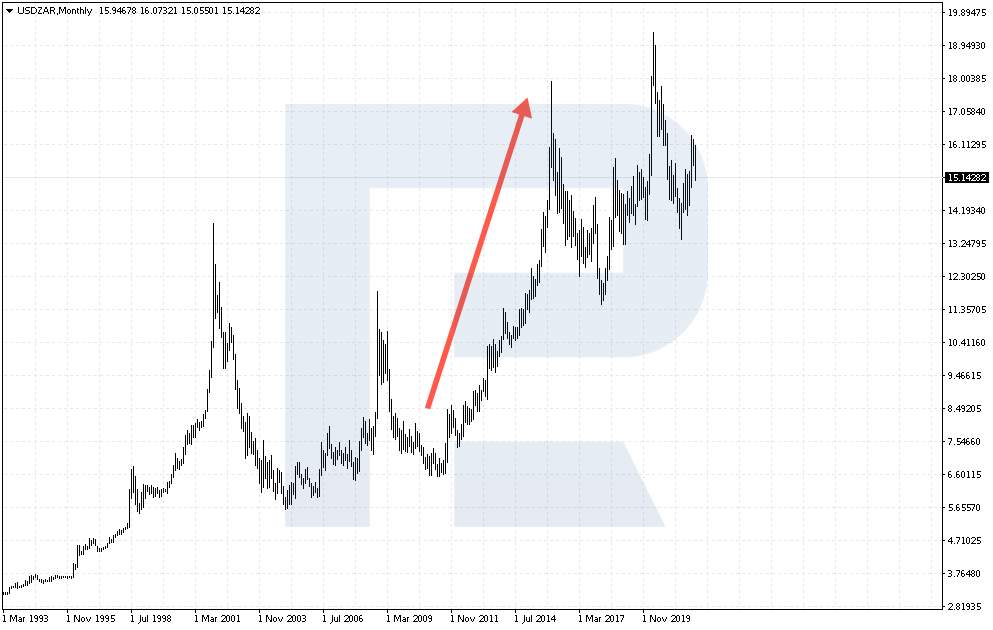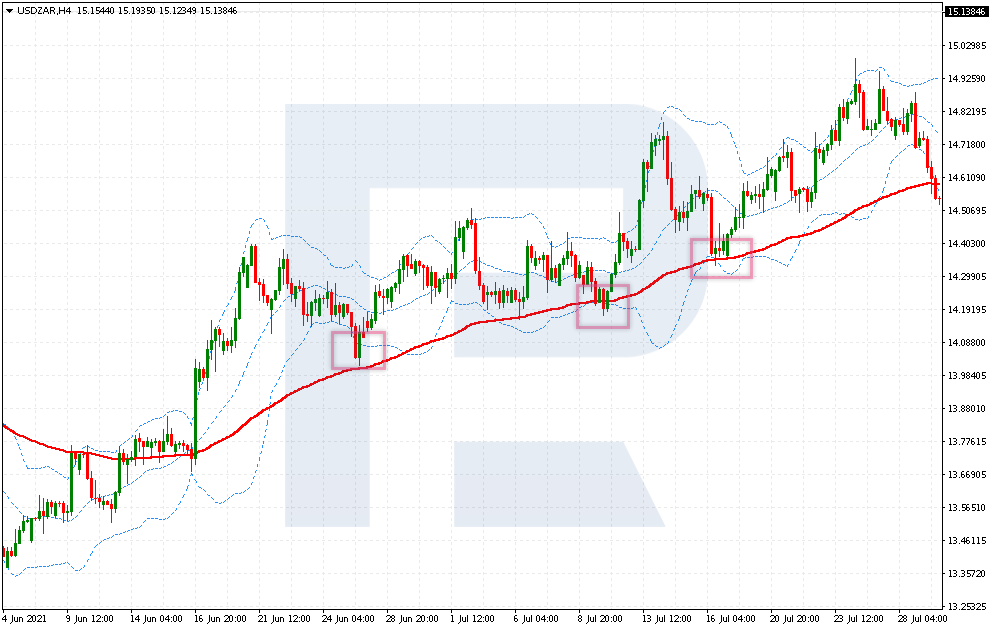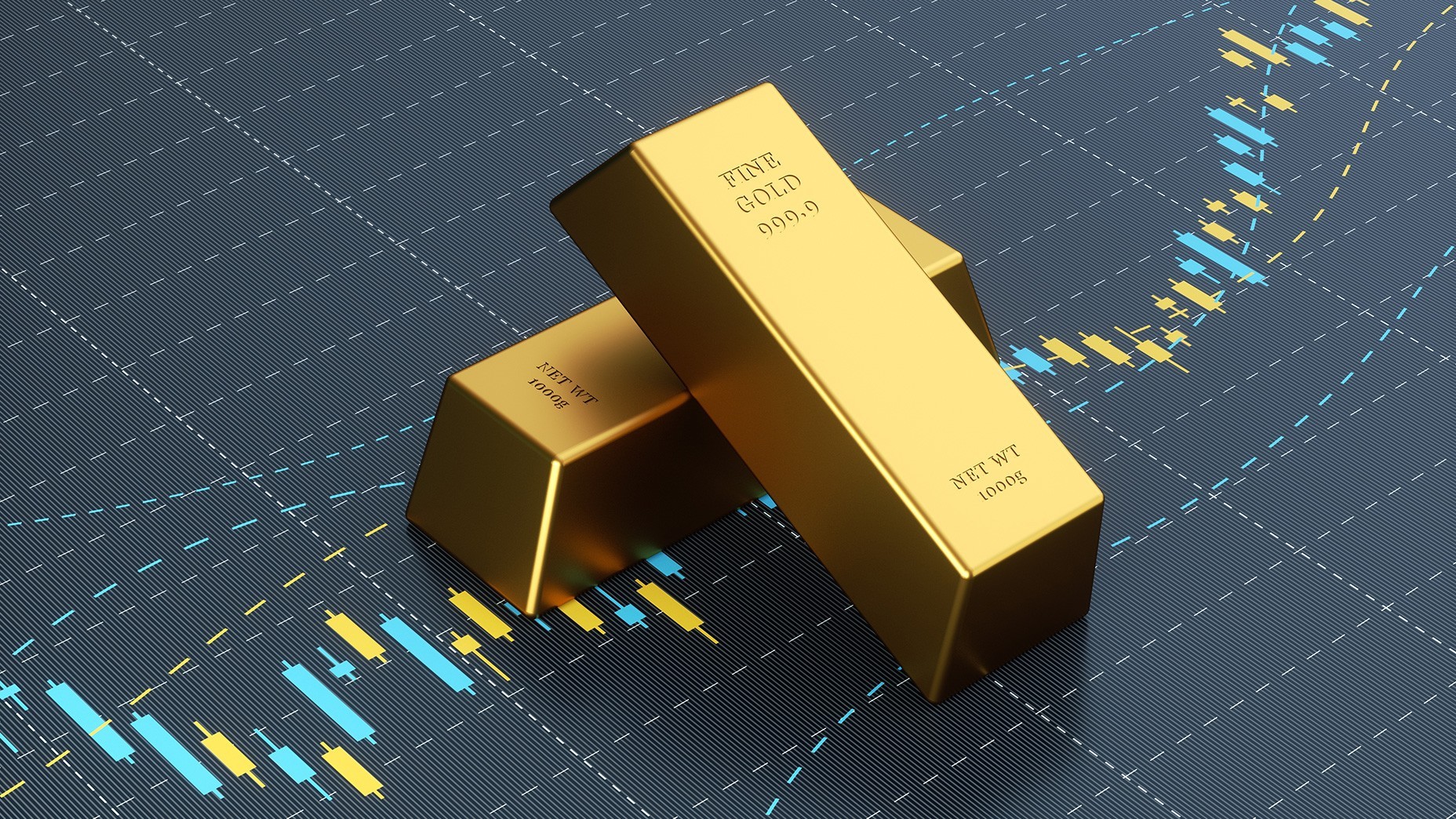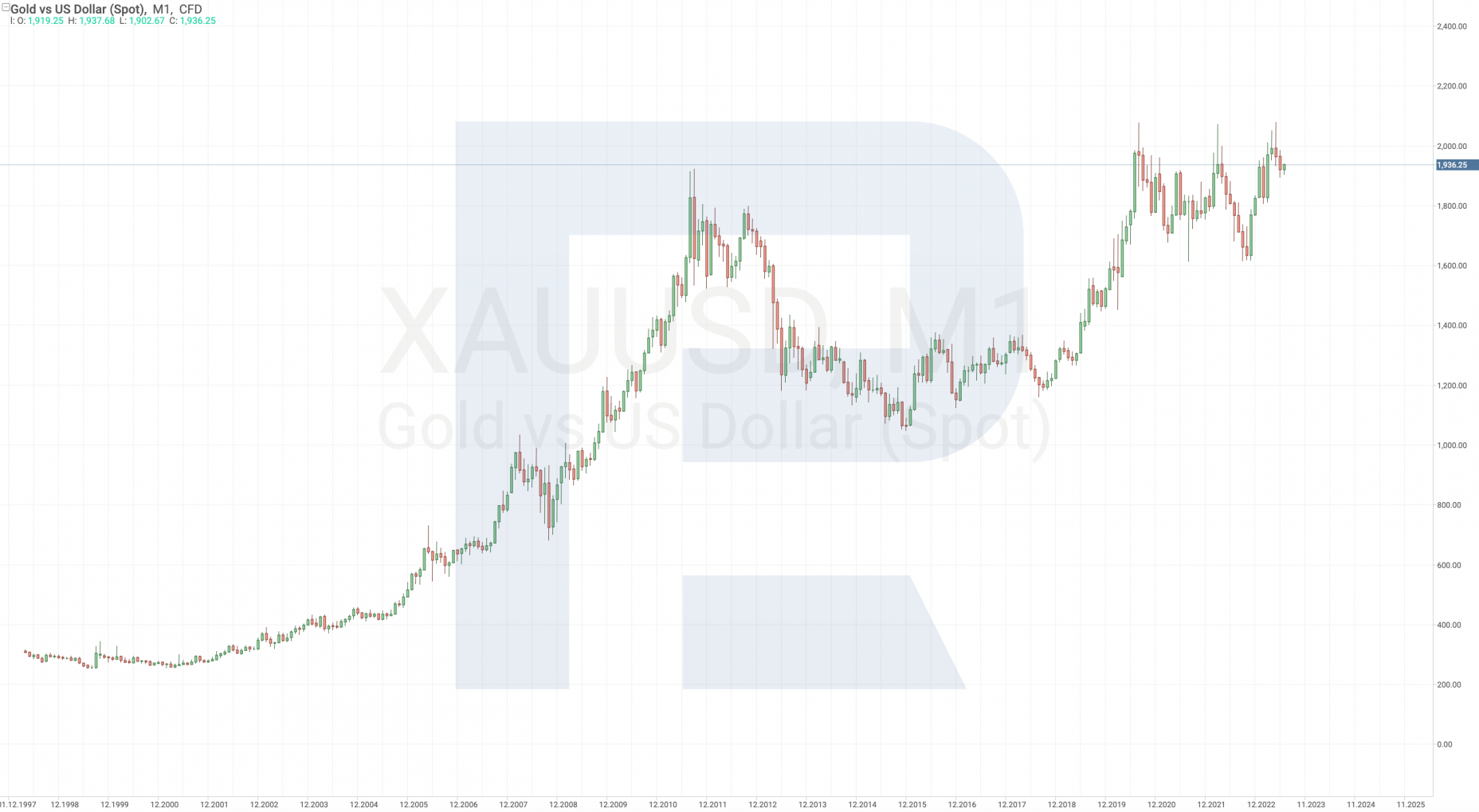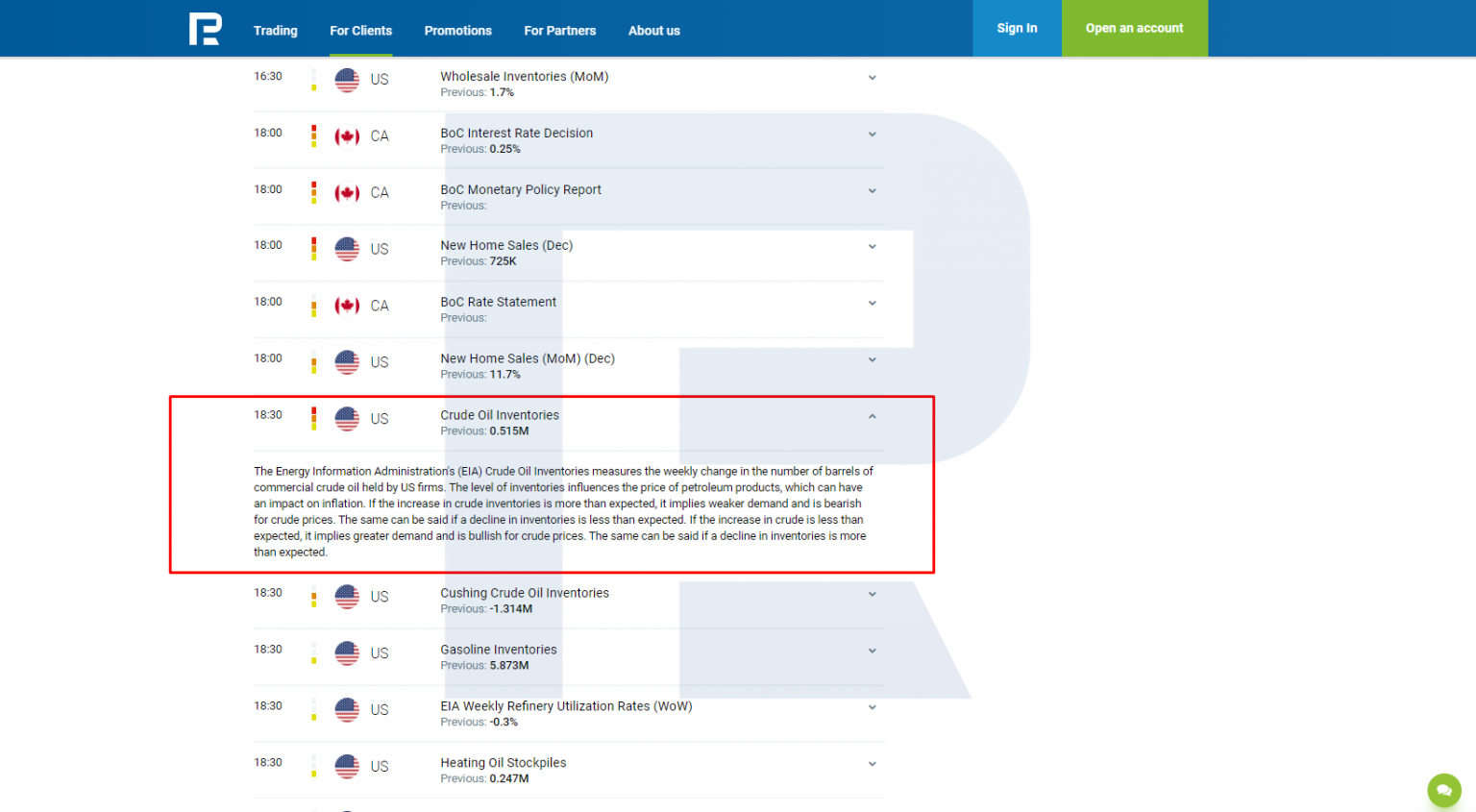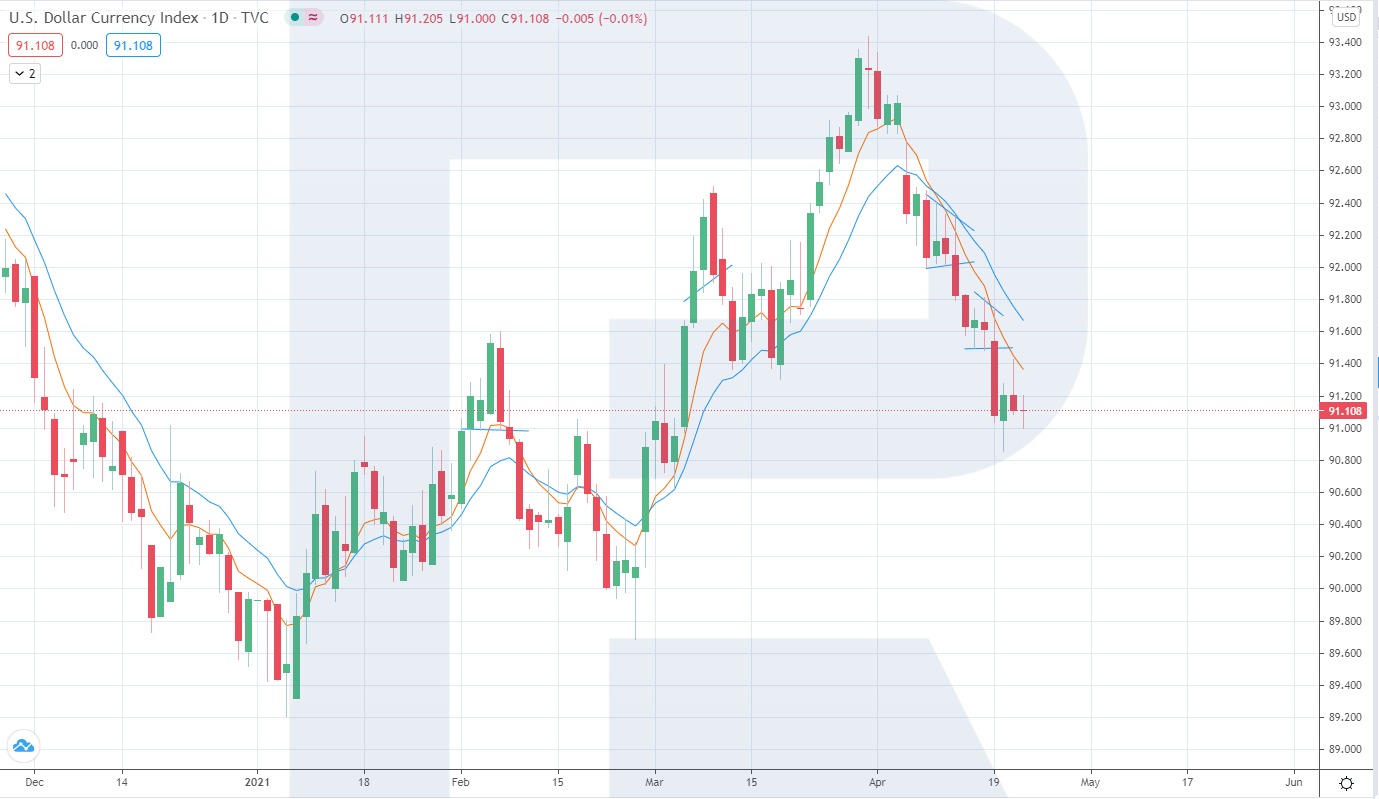Gold Price Forecast for 2023: Analyzing the Potential for Continued Growth
Author : Andrey Goilov
Dear Clients and Partners,
As at the time of writing, the price of gold dropped by more than 8% from its all-time high of 2,081 USD per troy ounce, which was recorded on 4 May 2023. However, investors are not losing interest in the precious metal. In addition, record purchases by central banks over the past year give hope for a further potential rise in the asset price.
Today we will talk about the current price of gold, how prices have changed in the past and what values they can reach over the next few years. We will examine the main factors affecting the fluctuations in the gold price, specify drivers of possible growth of its quotes, and carry out a technical analysis of the price chart.
How did gold prices change earlier?
Gold was discovered by the ancient Egyptians over 4,000 years ago. They used it to create jewellery and religious items. For the Romans, gold was a symbol of status and power, and it was used to decorate crowns and statues. In the Middle Ages, gold coins were the main means of trade and international exchange. In later periods of history, this metal became the basis of the monetary system.
During the period of the gold standard, since 1887, the US government fixed the gold price at 20.67 USD per troy ounce. Following the abandonment of the gold standard and dollar devaluation in 1933, the cost of the ounce increased to 35 USD and remained at this level until 1967.
In 1971, US President Richard Nixon finally abolished the gold backing of the US currency, which resulted in a significant increase in the value of the precious metal. In the early 1980s, the price reached a record level of 850 USD per troy ounce, but over the next nearly 20 years, it was steadily going down.
Gold started to rise in price in 2001 amid financial crises, geopolitical tensions, and market uncertainty, with the quotes hitting a new all-time high of 1,920 USD in 2011. From 2012 to 2016 inclusive, the quotes went down to 1,000 USD. Since mid-2018, the prices resumed their upward movement and reached the level of 2,075 USD in 2020, hitting a new record high of 2,081 USD in 2023.
Why invest in gold
- Hedge against inflation. The reserves of this resource and its mining are limited, and therefore its value grows during periods of high inflation when fiat currencies are rapidly depreciating
- Reserve asset. During periods of instability, financial and geopolitical turmoil, investors invest in gold to protect their investments from risks and maintain stability
- Portfolio diversification. Adding gold onto a portfolio reduces the overall risk level for the investment portfolio, as gold prices are characterised by a low correlation with the value of stocks, bonds, and other assets. Conditions are being created to mitigate portfolio volatility
The main drivers of gold prices in 2023
Central bank purchases
According to the World Gold Council (WGC), demand for gold from central banks hit an all-time high in 2022, amounting to 1136 tonnes. This is the highest reading over the entire history of monitoring since 1950. Already in the first quarter of 2023, the demand from central banks reached a level of 228 tonnes, which is 176% higher than in the first quarter of the previous year.
According to the data obtained, experts expect an upward trend in demand to persist throughout the year. The WGC survey showed that 24% of central banks are ready to increase their gold reserves in the near future, which can lead to a rise in gold prices.
Jewellery demand
According to the WGC, the fourth quarter of 2022 saw heavy demand for gold jewellery – over 630 tonnes. In the first quarter of 2023, the demand increased by 1% to 448 tonnes compared to the Q1 2022 statistics.
Despite the overall aggravation of the global economic environment, jewellery production and consumption remain at a high level, with the demand over the past ten years ranging between 840 and 2,100 tonnes a year.
Read more at R Blog - RoboForex
Sincerely,
RoboForex team

